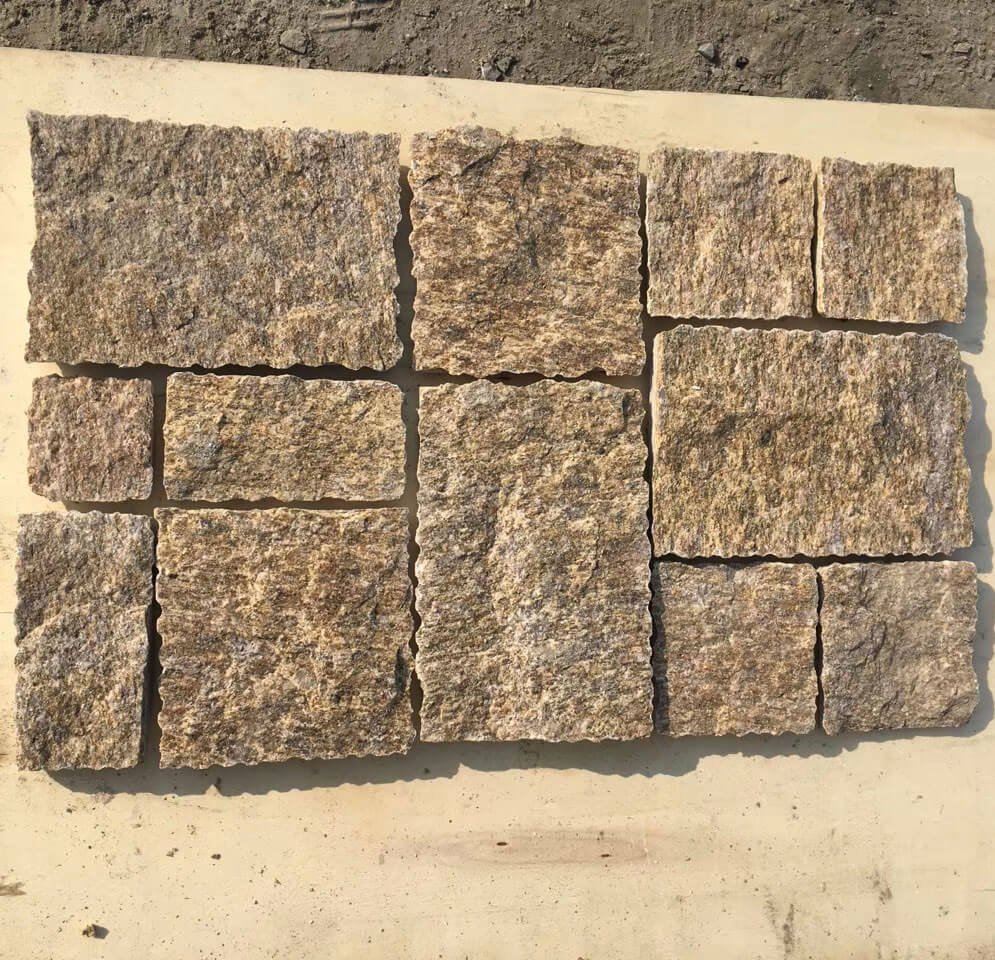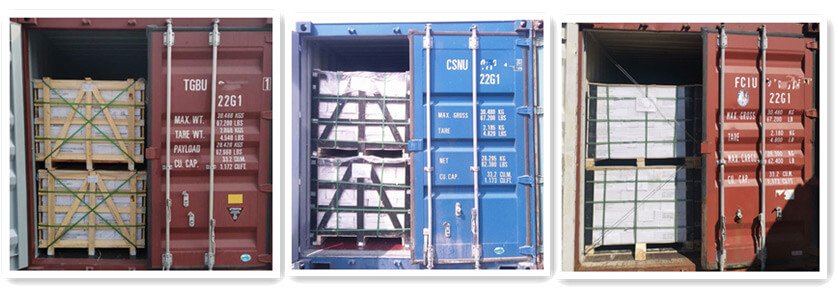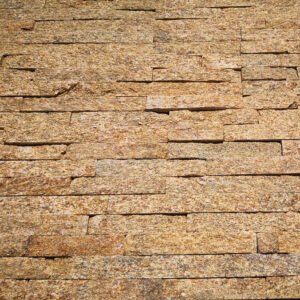Q: How does Tiger Skin Quartz compare to concrete or porcelain pavers in terms of durability?
A: Tiger Skin Quartz dramatically outperforms concrete and porcelain in long-term durability. Granite ranks 6-7 on the Mohs hardness scale and delivers 30-50+ year performance with minimal maintenance. Concrete pavers typically last 15-25 years before surface degradation, while porcelain can crack under freeze-thaw stress. Natural stone’s low water absorption rate (< 0.5%) prevents moisture infiltration and freeze-thaw damage. Contractors choose natural stone for high-value projects where durability expectations exceed concrete capabilities.
Q: Can Tiger Skin Quartz handle vehicular traffic on driveways?
A: Yes, with proper installation. Tiger Skin Quartz in 2″ thickness on a reinforced subbase (minimum 6″ compacted aggregate, 4-6″ concrete for mortar-set) handles residential driveways carrying passenger vehicles consistently. Compressive strength of 2,200+ kg/cm² and load ratings of 8,000-10,000 lbs per axle make the stone suitable for light-to-moderate vehicular use.
For commercial driveways, heavy truck traffic, or RV-grade applications, specify 2.5″+ thickness with engineered subbase. Contractors should confirm design loads with project specifications and local building codes.
Q: What installation method works best for Tiger Skin Quartz?
A: Installation method depends on project conditions and requirements:
-
Sand-set: Best for residential patios, walkways, and pool decks. Fastest installation, permeability, easiest repairs.
-
Mortar-set: Best for permanent installations, commercial plazas, areas where stone movement must be minimized.
-
Bituminous: Best for northern climates with freeze-thaw concerns. Asphalt base prevents water infiltration effectively.
-
Pedestal: Best for specialty applications—rooftops, reflecting pools, areas requiring rapid drainage.
Each method works. Contractor experience, local climate, project budget, and drainage requirements guide the choice.
Q: How long does Tiger Skin Quartz typically last?
A: Properly installed and maintained Tiger Skin Quartz lasts 30-50+ years with no performance degradation. Many natural stone installations from the 1800s-1900s remain in excellent condition today, proving stone longevity across generations. Unlike engineered materials that fail predictably within 15-25 years, natural stone maintains structural integrity and aesthetic appeal indefinitely when installed correctly.
Q: Does Tiger Skin Quartz require sealing?
A: No. Unlike limestone or softer stones that benefit from sealing, Tiger Skin Quartz’s low porosity (< 0.5% water absorption) means sealant provides minimal benefit. Optional sealing (water-based penetrating formulas) offers aesthetic enhancement in rare cases, but is not necessary for protection.
Annual cleaning with mild soap and water keeps Tiger Skin Quartz looking pristine. Avoid acid cleaners—they interact with mineral content and can cause surface etching.
Q: What is slip resistance, and how does Tiger Skin Quartz perform?
A: Slip resistance is measured by the static coefficient of friction (SCOF). Tiger Skin Quartz’s natural texture delivers SCOF ≥ 0.62 in wet conditions, meeting or exceeding ADA and commercial safety requirements. This means contractors don’t need anti-slip treatments or additional surface modifications—pool decks, commercial walkways, and pedestrian plazas meet safety codes naturally.
Q: How do I maintain Tiger Skin Quartz pavers?
A: Tiger Skin Quartz requires minimal maintenance:
-
Annual Cleaning: Pressure wash at < 3,000 PSI or hand-scrub with mild soap and water to remove dirt accumulation and moss growth.
-
Avoid Acid Cleaners: Never use hydrochloric acid, vinegar, or acidic products—they etch the stone surface and can expose iron minerals causing rust stains.
-
Joint Maintenance: Sweep polymeric or stabilized sand into joints annually if settling occurs. Sand-set installations may require light re-sanding every 3-5 years.
-
Sealing (Optional): Apply water-based penetrating sealant every 3-5 years if additional stain protection is desired. Use sealants specifically formulated for natural stone.
-
De-icing: Use calcium chloride (not rock salt) in winter to prevent surface damage and mineral staining.
Q: How should Tiger Skin Quartz pavers be stored on the job site?
A: Store Tiger Skin Quartz on level ground in designated areas protected from:
-
Direct ground contact (place on pallets or elevated racks)
-
Mud splash and water accumulation (gravel or chip surfaces recommended)
-
Mixing with other materials
-
Heavy equipment traffic during other trades’ work
Cover pallets with tarps if extended outdoor storage occurs during rainy seasons to prevent excess moisture accumulation. Ensure storage areas are accessible for forklift or manual handling equipment without damage to surrounding surfaces.
Q: Can Tiger Skin Quartz be cut to custom sizes on the job site?
A: Yes. Contractors using wet saws, angle grinders with diamond blades, or professional cutting equipment can trim Tiger Skin Quartz to fit design requirements. Cut edges may require light smoothing with sandpaper or masonry files to remove roughness. Order 10-15% extra material to account for cutting waste during layout.
Q: Is Tiger Skin Quartz environmentally sustainable?
A: Absolutely. Natural stone is infinitely recyclable. Unlike concrete or engineered materials that degrade and require disposal, Tiger Skin Quartz maintains structural integrity forever. Damaged pavers can be cut into smaller pieces, repurposed for different applications, or reused in new projects indefinitely.
Tiger Skin Quartz supports LEED certification and Living Building Challenge requirements. Stone carries one of the lowest embodied carbon footprints of any building material—extraction and finishing processes consume minimal energy compared to cement or engineered stone production.
Q: How do I specify Tiger Skin Quartz for an architect or designer?
A: When specifying:
-
Confirm format: Standard flagstone (12″x24″, 24″x24″), rectangular slab (18″x36″, 24″x36″), or custom sizing
-
Confirm thickness: 1″, 1.5″, or 2″ (vehicular applications)
-
Confirm finish: Natural cleft (aged texture), thermal (flamed), or honed
-
Confirm grade: Premium (uniform consistency), Standard (authentic variation), or Specialty (extended options)
-
Include installation method: Sand-set, mortar-set, bituminous, or pedestal
-
Reference ASTM compliance: Confirm C97, C170, C99, C1028 standards
-
Confirm lead time: Specify delivery schedule for project timeline
Our technical team assists designers and architects with specification packages, cut sheets, and performance documentation to support project bidding and approval processes.
Q: Can Tiger Skin Quartz be used in shaded areas or areas prone to moss growth?
A: Yes. Tiger Skin Quartz performs identically in shaded or sunny areas. Low water absorption prevents moisture retention that encourages moss. Annual pressure washing (< 3,000 PSI) removes any moss or lichen growth. The stone’s natural grip and durability make maintenance easy.
Shaded areas may experience slower evaporation during wet seasons, but natural stone’s non-porous nature prevents long-term moisture damage that affects softer materials.
Q: How do I calculate the correct quantity for my project?
A: Calculate square footage first:
-
Rectangles/Squares: Length × Width = Square Footage
-
Circles: π × Radius² = Square Footage
-
Irregular Shapes: Break into sections, calculate each, add totals
Multiply square footage by 1.10-1.15 to account for cutting waste and edge pieces. Contractors typically order 10-15% additional material to accommodate cuts, pattern adjustments, and breakage during installation.
Example: 500 sq ft patio × 1.12 waste factor = 560 sq ft material to order.














